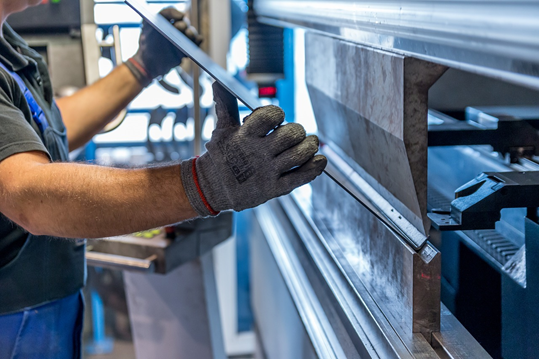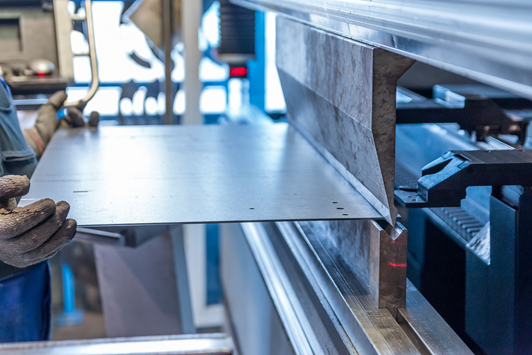When tube bending was done by hand it was an arduous and frequently dangerous procedure. The results were variable too. Modern tube benders are usually electromechanical. They work faster and more predictably – accelerating productivity, reducing wastage, and achieving better quality results.

We describe the basic components of a tube bending machine below, but in addition commercial bending machines have many enhancements to improve, accelerate and automate the bending process (see https://www.cotswold-machinery-sales.co.uk/ehrt/bending-machines/). Here are the basic components of all machines.
The bend die
The bend die is the most important part in a rotary-draw bending machine because the tube’s inside radius will depend on its contour. Since it sets the radius of the turn it is often referred to as “the radius die”, or sometimes as “the bend former”.
Bending machine operation consists, basically, of clamping the tube to this die and letting the motion of drawing the tube through the machine apply the force that creates the bend.
The clamp die
The clamp die is the main component that presses the tube firmly against the bend die and prevents it slipping as it passes through.

The pressure die
The pressure die is there to make sure the tube can only follow the bend die’s contour.
The wiper die
As power bending takes place the forces inside the tube can express themselves in many directions. A common deformation is for wrinkles or humps to develop on the tube’s inside radius. Locating a wiper die just beyond the main bend die helps to wipe away any deformations of that kind so that the end result maintains a smooth consistent surface.
Mandrels
Mandrels are shaped bars that can be placed inside a tube before it is formed in order to prevent it collapsing on itself (buckling) during the bending procedure. This is most likely when trying to bend a very small radius into a hard material like steel or aluminium. Mandrels can be tapered or threaded to facilitate insertion and removal. They are commonly used in the production of car exhausts and to produce the tight bends of brass instruments like bassoons and trombones.
Today’s electromechanical benders will also have different numbers of driving rollers and guide rollers, pre-benders, induction heaters, hydraulic chucks, position indicators, lubrication systems, remote control panels or fully automated CNC control options. They deliver outstanding accuracy and versatility at affordable prices.
